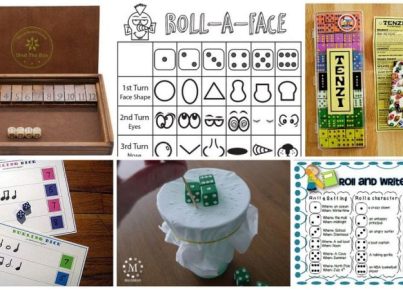Introduction:
Peer editing is an important part of the writing process for student writers. It allows them to receive feedback and improve their writing skills. However, not all peer editing strategies are effective. In this article, we will discuss five peer editing strategies that have been proven to be successful for student writers.
-
- Positive reinforcement:
One effective strategy is to start the peer editing process with positive reinforcement. Encourage students to find something they like or find strong in their peer’s writing. This creates a supportive and constructive environment, making it easier for students to receive feedback.
-
- Specific feedback:
Instead of providing general comments, encourage students to give specific feedback. Ask them to point out specific areas where the writing can be improved or strengthened. Specific feedback helps writers understand what exactly needs to be revised or edited.
-
- The sandwich method:
The sandwich method is a popular peer editing strategy. It involves giving feedback in a constructive manner. Start with a positive comment, then suggest improvements or areas of concern, and end with another positive comment. This method helps balance criticism with encouragement, making it easier for students to accept feedback.
-
- Targeted questions:
To make the peer editing process more meaningful, instruct students to ask targeted questions about their peer’s writing. These questions can help identify areas that need clarification, expansion, or improvement. Targeted questions prompt deeper thinking and engagement in the editing process.
-
- Revision checklist:
Provide students with a revision checklist that covers essential aspects of writing, such as organization, coherence, grammar, and formatting. This checklist can serve as a guide for peer editors to ensure they address all necessary aspects of the writing. Having a tangible list to follow helps keep the editing process structured and focused.
Conclusion:
Peer editing is a valuable tool for student writers to enhance their writing skills. By implementing these five peer editing strategies – positive reinforcement, specific feedback, the sandwich method, targeted questions, and a revision checklist – students can improve their writing effectively. Encourage students to embrace peer editing as a collaborative opportunity for growth and improvement in their writing abilities.





